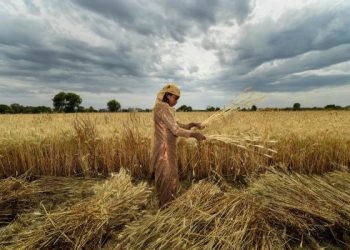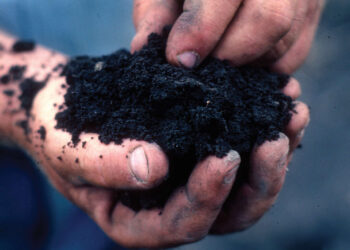TAD NewsDesk, Maharashtra: Drip irrigation is gaining popularity for its efficiency. The government provides a subsidy for the expensive process of establishing the system. But a recent study shows that farmers prefer unsubsidized, cheaper drip irrigation systems even if they can avail the subsidy for high-quality ones.
The study has been undertaken by Karan Misquitta and Trevor Birkenholtz of Pennsylvania State University. They base their findings on a survey held in six villages of Maharashtra’s Ahmednagar district in 2016-17. Twenty farmers who use drip irrigation were interviewed, and so were some local bureaucrats, retailers and manufacturers.
With low-quality system, farmers can grow crops at much lower prices. Growing vegetables such as tomatoes or onions can cost farmers ₹80,000–90,000 per hectare with an unsubsidized high-quality drip irrigation system. But this cost goes down to ₹24,000–40,000 with a low-quality system.
Now along with the passing years, it has also become difficult for farmers to cope with the changing system. The way subsidies for drip irrigation were structured before 2012 in Maharashtra, farmers only had to pay part of the purchase price of a drip irrigation set, with manufacturers claiming the rest from the government. But subsidy payments were often delayed, so manufacturers raised prices. To appease manufacturers, the subsidy scheme was redesigned in 2012. After the redesign, farmers now had to bear the full cost of the set, with subsidy payments paid later on into their bank account and this is not feasible for many small and marginal farmers.
But these payments to farmers were also delayed, sometimes by upto two years. Also, many small farmers lacked the capital to buy high-quality sets outright and wait for subsidies. Banks also hesitated to give farmers loans to buy drip irrigation sets.
Since the functioning of the system to bear the cost of the equipment for the drip irrigation is not very efficient, farmers prefer a low, cheap quality drip irrigation set which makes the process less burdensome for them according to the study. Though the new subsidy has solved problems for manufacturers apparently have not made the process easier for the farmers.
Source: Mint










